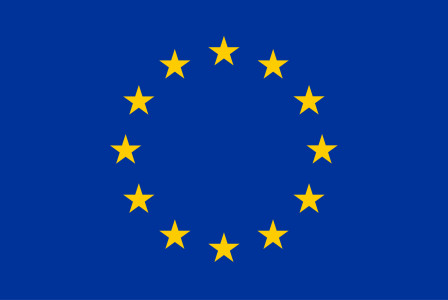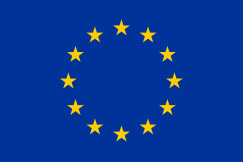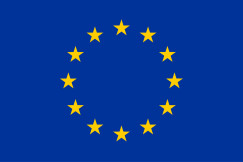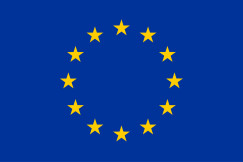Legislation
27 March 2025
EU Deforestation Regulation (EUDR)
Legislation
27 March 2025
1. Healthy, balanced and sustainable diets for all European consumers
2. Prevention and reduction of food loss and waste
3. A climate - neutral food chain in Europe by 2050
+4 more
Login / create an account to be able to react
-
188

By promoting the consumption of ‘deforestation-free’ products and reducing the EU’s impact on global deforestation and forest degradation, Regulation (EU) 2023/1115 on deforestation-free products aims to reduce greenhouse gas emissions and biodiversity loss.
The Regulation is part of a broader plan of action to tackle deforestation and forest degradation first outlined in the 2019 Commission Communication on Stepping up EU Action to Protect and Restore the World’s Forests.
Editorial team
European Commission - DG ENV
Topics
EU-27
EU Institutions
-
CoC aspirational objectives
-
-
1. Healthy, balanced and sustainable diets for all European consumers
-
2. Prevention and reduction of food loss and waste
-
3. A climate - neutral food chain in Europe by 2050
-
4. An optimised circular and resource-efficient food chain in Europe
-
5. Sustained, inclusive and sustainable economic growth, employment and decent work for all
-
6. Sustainable value creation in the European food supply chain through partnership
-
7. Sustainable sourcing in food supply chains
-
Share
Deforestation and forest degradation are the result of the expansion of agricultural land, which is linked to the production of specific commodities covered by Regulation (EU) 2023/1115 on deforestation-free products. As a major consumer, the European Union (EU) plays a crucial role in mitigating its contribution to global deforestation and forest degradation by ensuring that the products it consumes, along with their associated supply chains, are free from deforestation.
The Regulation, which entered into force on 29 June 2023, establishes binding rules for EU operators and traders who place or export certain commodities, namely wood, rubber, cattle, coffee, cocoa, palm oil, and soy, on or from the EU market. The regulation's impact assessment suggests that, without this regulatory intervention, the EU's consumption and production of these commodities alone could result in almost 250,000 hectares of deforestation each year by 2030. According to the new regulation, any operator or trader dealing with these commodities within the EU or exporting them from the EU must demonstrate that their products do not come from recently deforested lands or contribute to forest degradation.
The new rules aim to:
- avoid that the listed products Europeans buy, use and consume contribute to deforestation and forest degradation in the EU and globally
- reduce carbon emissions caused by EU consumption and production of the relevant commodities by at least 32 million metric tonnes a year
- address all deforestation driven by agricultural expansion to produce the commodities in the scope of the regulation, as well as forest degradation
The Commission has a specific FAQ and Guidance Document to help with the implementation.
Related regulations:
Communication COM(2021) 572 final New EU Forest Strategy for 2030.
Regulation (EU) 2023/1115 on the making available on the Union market and the export from the Union of certain commodities and products associated with deforestation and forest degradation.
Comments (0)
See also
De Minimis Regulation
- Categories
- 2. Prevention and reduction of food loss and waste 3. A climate - neutral food chain in Europe by 2050 4. An optimised circular and resource-efficient food chain in Europe +3 more
Directive on Consumer Protection Rules (Modernisation Directive)
- Categories
- 2. Prevention and reduction of food loss and waste 3. A climate - neutral food chain in Europe by 2050 4. An optimised circular and resource-efficient food chain in Europe +3 more
Regulation on Renewable Energy Financing mechanism
- Categories
- 2. Prevention and reduction of food loss and waste 3. A climate - neutral food chain in Europe by 2050 4. An optimised circular and resource-efficient food chain in Europe +3 more




